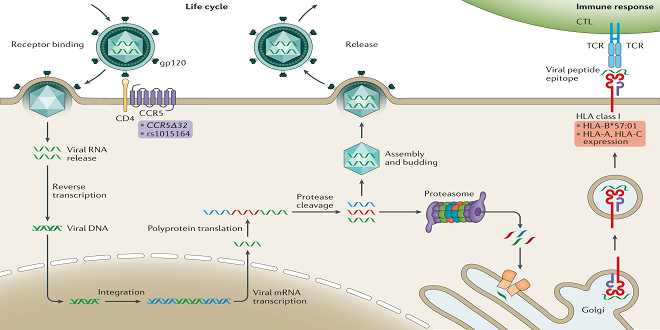Molecular Mechanisms of Genetic Variability Spontaneous Mutation

In the year 1943, Luria and Delbruck¨ ck used the so-called fluctuation test to demonstrate that changes in the characteristics of bacterial populations were the results of rare, random mutations in the genes of individual cells, which then were selected. Such mutations may involve substitution of a single nucleotide, frame-shifts, deletions, inversions, or insertions.
The frequency of mutations is expressed as the mutation rate, which is defined as the probability of mutation per gene per cell division. The rate varies depending on the gene involved and is approximately 10–6 to 10–10. Mutation rates may increase drastically due to mutagenic factors such as radioactivity, UV radiation, alkylating chemicals, etc.
Site-specific recombination
Integration or excision of a sequence in or from target DNA. Only a single sequence of a few nucleotides of the integrated DNA needs to be homologous with the recombination site on the target DNA. The integration of bacteriophage genomes is an example of what this process facilitates Integration of several determinants of antibiotic resistance in one integrin can also utilize this process. Resistance integrin’s may be integrated in transposable DNA.
Transposition
The transposition process does not require the donor and target DNA to be homologous. DNA sequences can either be transposed to a different locus on the same molecule or to a different replicon. Just as in sitespecific recombination, transposition has always played a major role in the evolution of multi-resistance plasmids
Occasional integration of the F factor into the chromosome gives it the conjugative properties of the F factor. Such an integration produces a sort of giant conjugative element, so that chromosomal genes can also be transferred by the same mechanism. Cells with an integrated F factor are therefore called Hfr cells.
Conjugative resistance and virulence plasmids
Conjugative plasmids that carry determinants coding for antibiotic resistance and/or virulence in addition to the tra genes and repA are of considerable medical importance. Three characteristics of conjugative plasmids promote a highly efficient horizontal spread of these determinant factors among different bacteria
High frequency of transfer
Due to the “transfer replication” mechanism, each receptor cell that has received a conjugative plasmid automatically becomes a donor cell. Each plasmid-positive cell is also capable of multiple plasmid transfers to receptor cells.
Conjugative transposons
These are DNA elements that are usually integrated into the bacterial chromosome. They occur mainly in Gram-positive cocci, but have also been found in Gram-negative bacteria. Conjugative transposons may carry determinants for antibiotic resistance and thus contribute to horizontal resistance transfer. In the transfer process, the transposon is first excised from the chromosome and circularized. Then a single strand of the double helix is cut and the linearized single strand—analogous to the F factor—is transferred into the receptor cell. Conjugative transposons are also capable of mobilizing no conjugative plasmids.
Restriction, Modification, and Gene Cloning
The above descriptions of the mechanisms of genetic variability might make the impression that genes pass freely back and forth among the different bacterial species, rendering the species definitions irrelevant. This is not the case. A number of control mechanisms limit these genetic exchange processes.
The technique simplifies the replication of DNA, making experimental manipulations easier. On the other hand, the bacteria can also be used to synthesize gene products of the foreign genes. Such foreign proteins are called recombinant proteins. Bacterial plasmids often function in the role of vectors into which the sequences to be cloned are inserted.
Last word
Phages are made up of protein and nucleic acid. The proteins form the head, tail, and other morphological elements, the function of which is to protect the phage genome. This element bears the genetic information, the structural genes for the structural proteins as well as for other proteins required to produce new phage particles.
The nucleic acid in most phages is DNA, which occurs as a single DNA double strand in, for example, T series phages. These phages are quite complex and have up to 100 different genes. In spherical and filamentous phages, the genome consists of single-stranded DNA. RNA phages are less common.





